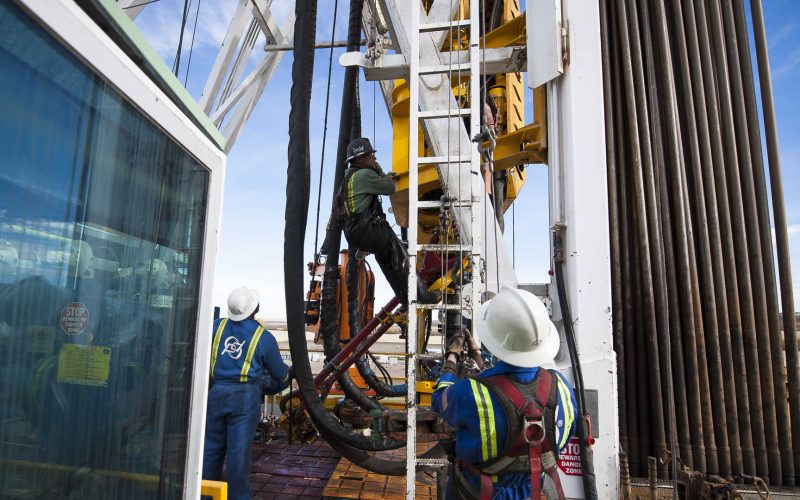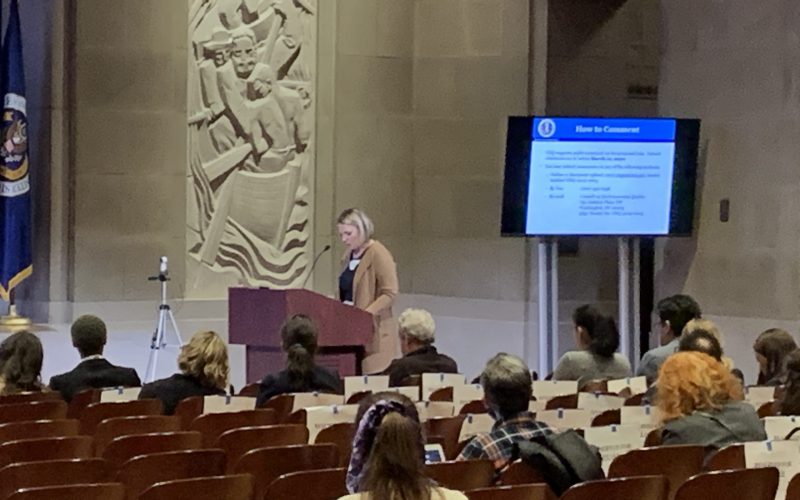THE VOICE FOR THE ENERGY CONSUMER

This Super Tuesday, we encourage everyone to cast their ballot for sound energy policies, no matter which candidate you choose. There are several key issues up for debate this election..

Gas prices in Parkersburg, West Virginia dropped 10 cents per gallon over the weekend. Midwest Executive Director of CEA, Chris Ventura explains how this happened: “We’ve seen the price of.

WASHINGTON – A newly proposed 12-state initiative put forth by an unaccountable quasi-public body run out of a private university in the name of clean transportation is in reality a.

Comments for the Transportation & Climate Initiative’s (TCI) Public Input Process February 28, 2020 Transportation & Climate Initiative, Georgetown University Climate Center On behalf of Consumer Energy Alliance and the.
David Holt, CEA President speaks on the impact that the Coronavirus is having on the oil and gas industry. When it comes to global affairs, even the smallest economy can.

WASHINGTON, February 27, 2020 — The American Petroleum Institute (API) today released a new economic analysis outlining the dire economic consequences of a ban on federal leasing and hydraulic fracturing.

WASHINGTON D.C. – Consumer Energy Alliance applauds Chairman Murkowski and Ranking Member Manchin for their bipartisan leadership in putting forward the American Energy Innovation Act, which sets the tone of.

Continued outrage from extreme anti-energy activists causes unsafe delay at the cost of taxpayers. The Line 5 project was deemed constitutional, and voters support the project; however, the loud rhetoric.

Statement before the 2020 Council on Environmental Quality February 25, 2020 U.S. Environmental Protection Agency RE: Docket No. CEQ-2019-0003 RE: Executive Order 13807 Thank you for the opportunity to speak.